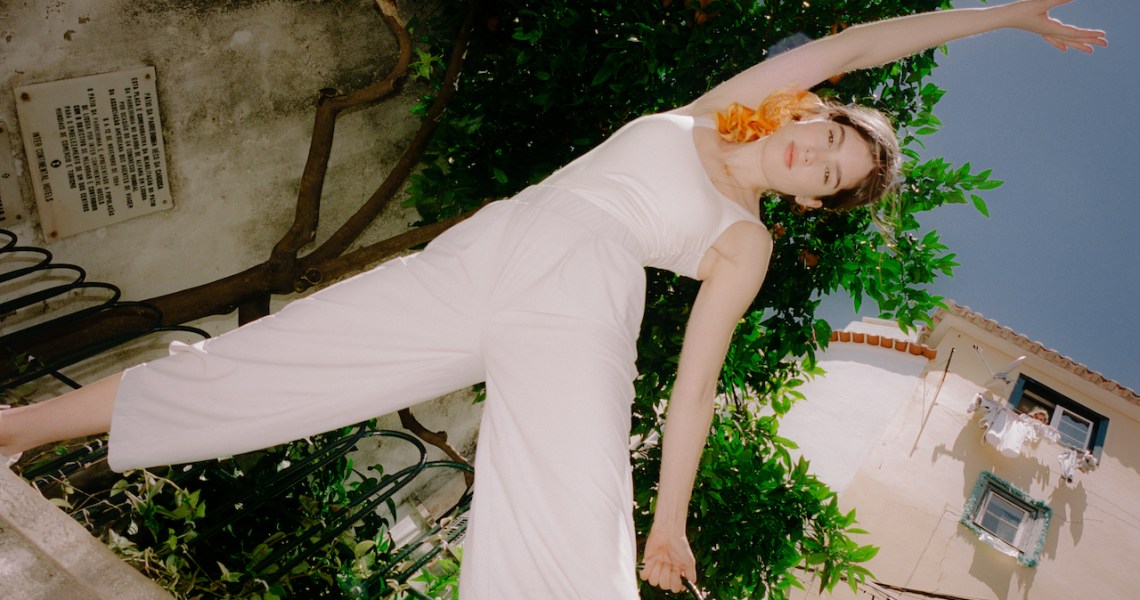When direct-to-consumer brand Aday dropped in May its “Carry-On” capsule collection — five pieces designed for the traveling woman — it sold out in 20 days.
Aday and other DTC brands are finding that by dropping capsule collections, they can avoid chasing trends, à la fast fashion. At the same time, they can increase order size by marketing to shoppers an entire collection of complementary styles versus one or two pieces from a collection.
“Conscious, thoughtful design is a lifestyle that we are part of, and we really want to keep that in mind when we design new products. That means we’re avoiding trends and thinking about things being universally flattering, including color, fit and longevity of fabrics. Those are values that pretty much every one of our customers want,” said Eden Spatz, head of production and development at Aday.
For Aday, its easy day pants from the Carry-On collection sold out in three days. The tailored shirt sold out in 12, followed by the dress in 17, the blouse in 18 and, finally, the tank in 20 days. While customers could purchase each item from the capsule collection individually, they received a discount on the total cost if they purchased all five items together. Aday declined to share how many total units it sold with that collection but said 34% of customers bought the full collection at the discounted price.
Other brands including Misha Nonoo, Amour Vert and Wardrobe.NYC have found success with the capsule model, as well, marketing to customers the benefits of buying the complete collection to drive up sales. Wardrobe NYC, for example, designs two seasonal capsule collections with 16 total pieces: eight for men and eight for women. Customers can purchase a four-piece collection for $1,500 or the full eight-piece collection for $3,000.
“It made sense to try something that challenged the current business model. Unless you’re super hot and new, or you’re part of a huge conglomerate that’s hugely successful, [that business model] doesn’t work,” said Christine Centenera, co-founder of Wardrobe NYC, in a previous Glossy interview.
For Aday, part of what makes its products so desirable to customers is the brand’s willingness to work with them on new iterations of classic and cult-favorite styles, Spatz said. Before launching any collection, Aday will heavily survey existing and potential customers, compiling emails from its internal database. The brand sends out emails with pictures of different options of a product, featuring various colors and necklines, for example. Customers can then vote for their favorite looks and essentially help the brand decide how to update a best-selling product or create an entirely new one.
For the latest capsule collection, which is called “Plant Life” and includes three tops made from plant-derived fabrics, Aday saw 800 responses to its email survey.
“The customers were excited to participate, which is something we see when people come into the showroom, as well. They like the intimacy of our brand and the fact that we encourage feedback, and that it goes straight into our design,” Spatz said.
When the brand sells out of a product, customers can join a waitlist, which helps the brand figure out the demand. Once the style is back in stock, Aday lets shoppers pre-order the item, again to gauge how sought-after that piece is, and how much to make and order. It’s a strategy that keeps the brand from overproducing, something many DTC brands are grappling with, which cuts back on costs for new brands with smaller budgets.
For Aday, it’s helped the brand learn not just about overproducing, but also about underproducing.
“We’ve needed to be less conservative in the fourth quarter, both with our new and existing styles — we need to have more available,” Spatz said.




